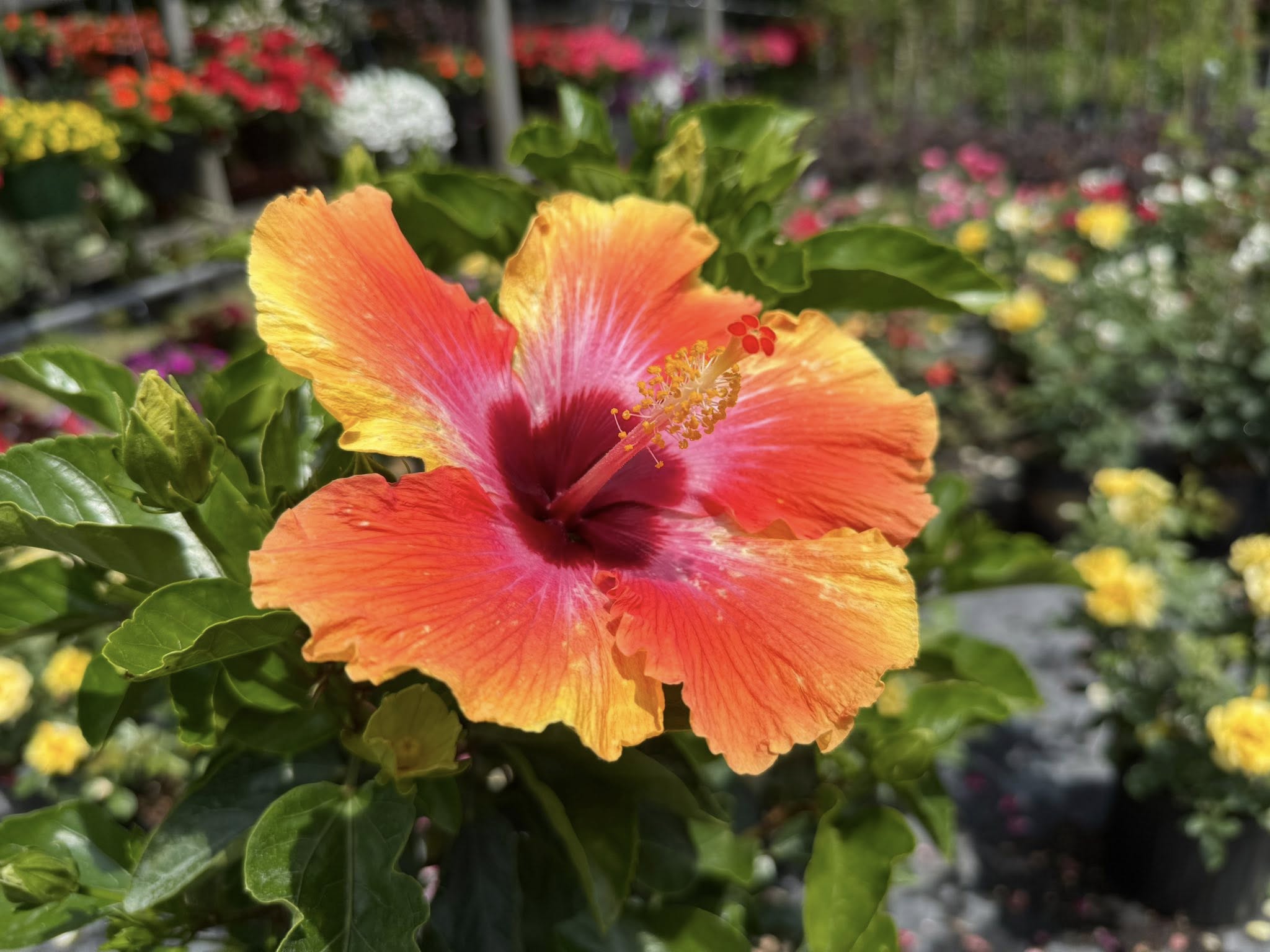
Many gardeners cherish the tropical allure of hibiscus, but their beauty often seems confined to the warmer months. What if you could extend the life of these radiant plants beyond summer and into winter? With the right techniques, overwintering hibiscus is not only feasible but also richly rewarding. This comprehensive guide offers creative strategies, step-by-step advice, and insider tips that ensure your hibiscus remains a perennial symbol of vibrant life despite the challenges of winter.
Understanding Hibiscus: The Basics
What Makes Hibiscus Special?
- Exotic Elegance: Bright, oversized flowers that command attention.
- Warm Origins: Native to tropical and subtropical regions, hibiscus plants crave warmth and sunshine.
- Seasonal Sensitivity: While they thrive in summer, they can quickly falter when temperatures drop.
What Challenges Do They Face in Winter?
- Cold Sensitivity: Frost can be fatal, especially to tropical varieties.
- Low Light: Shorter days can lead to dormancy or poor growth.
- Humidity Drops: Indoor heating can dry out the air and stress the plant.
Step-by-Step: Prepping Your Hibiscus for Winter
When Should You Start?
Start prepping your hibiscus as soon as nighttime temperatures begin dropping below 55°F (13°C), typically in early to mid-autumn.
Essential Tasks
- Prune Lightly: Trim leggy or dead growth to make the plant manageable.
- Inspect for Pests: Check leaves and stems for aphids, whiteflies, or spider mites.
- Reduce Feeding: Stop fertilizing by late summer to avoid weak, frost-sensitive new growth.
- Water Wisely: Ease back on watering to avoid soggy roots as the plant slows down.
Indoor Overwintering: The Easiest Way to Protect Hibiscus
Why Bring It Indoors?
Because hibiscus can’t survive hard frosts, container-grown varieties are perfect for overwintering indoors.
How to Transition Your Hibiscus Indoors
- Step 1: Clean It Up
Rinse the foliage to remove pests. Repot if the roots are crowded or the soil is compacted. - Step 2: Choose the Right Spot
Bright, sunny windows (south-facing is best) are ideal. No drafty windows or heaters nearby! - Step 3: Monitor Conditions
- Light: Aim for 6 hours of bright light daily.
- Humidity: Use a pebble tray or humidifier if indoor air is dry.
- Water: Let the soil dry slightly between watering. Never let it stay soggy.
Will My Hibiscus Bloom Indoors in Winter?
Maybe—but not always. Some go semi-dormant and drop leaves. Don’t worry. As long as the stems are green, the plant is alive and will bounce back come spring.
Outdoor Overwintering for Ground-Planted Hibiscus
Hardy vs. Tropical Hibiscus
- Hardy Hibiscus (Hibiscus moscheutos): Can survive winters in USDA zones 4–9 with proper care.
- Tropical Hibiscus (Hibiscus rosa-sinensis): Must be brought indoors or heavily protected in zones below 9.
How to Protect Outdoor Hibiscus
- Mulch Generously: Add 3–6 inches of bark, straw, or leaf mulch around the base.
- Wrap the Plant: Use burlap or frost cloth for extra insulation.
- Cover with a Cloche: Mini greenhouses or DIY plastic domes can retain heat and block wind.
- Avoid Pruning Until Spring: The old stems offer winter protection.
Troubleshooting: What Can Go Wrong?
Yellow Leaves?
Likely a response to temperature or light changes. Reduce watering, increase humidity, and give the plant time to adjust.
Pests Indoors?
Use neem oil or insecticidal soap and isolate the plant to avoid spreading bugs to others.
No New Growth in Spring?
Be patient. Tropical hibiscus can take several weeks to “wake up” after winter. Check the stems for green tissue under the bark—if it’s there, your plant’s still alive.
Spring Revival: Getting Your Hibiscus Bloom-Ready
When nighttime temperatures stay above 55°F (13°C), it’s time to move your hibiscus back outside.
Steps to Reintroduce Your Hibiscus Outdoors
- Harden Off Slowly: Acclimate your plant to outdoor conditions over 7–10 days.
- Trim Dead Growth: Give it a spring haircut to encourage new shoots.
- Feed Regularly: Use a high-potassium fertilizer every two weeks to boost blooming.
- Repot If Needed: Check for root-bound conditions and give your hibiscus room to grow.
Top Tips to Keep Your Hibiscus Thriving Year After Year
- Temperature Control: Never expose tropical hibiscus to frost.
- Water Moderately: Let the soil dry slightly between watering during dormancy.
- Light is Life: The more sunlight your plant gets, the happier it will be.
- No Fertilizer in Winter: Let your hibiscus rest until spring.
FAQs: Quick Answers to Common Concerns
Q: Can I keep hibiscus outside all winter?
A: Only hardy hibiscus in zones 4–9 can survive winter outdoors. Tropical varieties need protection or to be brought inside.
Q: My hibiscus lost all its leaves indoors. Is it dead?
A: Probably not! Leaf drop is common when transitioning indoors. Check for green under the bark—if it’s green, it’s alive.
Q: Should I prune before or after winter?
A: Light pruning in fall is fine for indoor plants. Major pruning is best saved for early spring to encourage strong new growth.
In Conclusion: Your Year-Round Blooming Plan
Overwintering hibiscus isn’t hard—it’s smart.
With thoughtful timing and consistent care, you can keep your hibiscus thriving, blooming, and turning heads year after year.
So don’t let winter be the end of your hibiscus story. Let it be the intermission. Because come spring, your hibiscus will be ready to steal the show once again.
